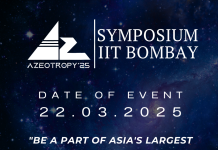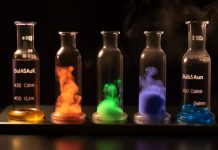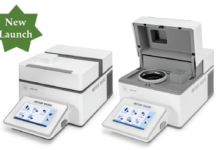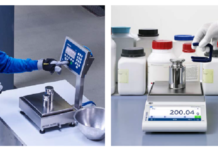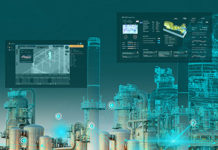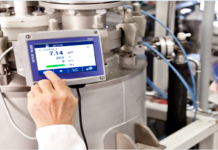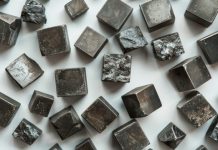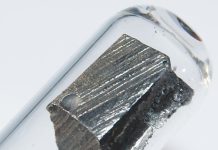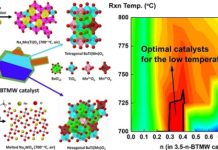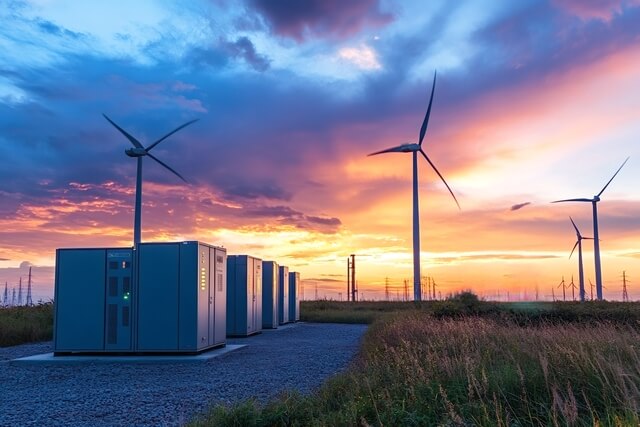Chinese energy storage manufacturer Biwatt has unveiled the Powerlake I2, its latest commercial and industrial (C&I) energy storage solution powered by sodium-ion cells. This marks a significant step forward in diversifying battery technology beyond lithium-ion, with added focus on safety, reliability, and environmental sustainability.
Thermally Inert Cells Enhance Safety
At the heart of the Powerlake I2 are thermally inert sodium-ion cells, which are designed not to self-ignite – making the system inherently safer than many conventional lithium-based storage systems. This key safety feature is especially valuable for installations where fire risk is a critical concern.
All-in-One System Built for Harsh Conditions
The Powerlake I2 integrates energy storage and an inverter into a single, compact control cabinet. Engineered for stability, the system operates reliably across a wide temperature range of -30°C to 55°C, making it suitable for deployment in diverse and challenging environments.
During power outages, the system can seamlessly switch to off-grid mode in under 20 milliseconds, ensuring near-instantaneous backup power and uninterrupted operation for critical loads.
High-Capacity, Durable Battery Configuration
Each Powerlake I2 system has 14 modules with 230 Ah cells, delivering 11 kWh per module. With input voltage from 448 V to 885 V, it can last up to 6,000 cycles at 25°C, 80% depth of discharge, and a 0.5 C-rate.
Additional technical highlights include:
- Discharge power at 0.5 C-rate: 148 A
- Max direct current output: 100 kW
- Output voltage: 400 V
Robust Construction for High-Altitude Operation
The air-cooled system operates up to 4,000 meters, with slight power loss above 2,000 meters. Housed in a 2.2-ton cabinet (1.6 m x 1 m x 2 m), it has an IP54 rating for dust and limited water protection but isn’t suited for outdoor use.
Sodium-Ion: A Promising Lithium Alternative
Sodium-ion technology is gaining traction as a compelling alternative to lithium-ion batteries. It offers high cycle stability, cost advantages, and environmental benefits. Compared to lithium, sodium is more abundant and easier to extract, while also having a lower environmental impact. With Powerlake I2, Biwatt shows its commitment to safer, more sustainable energy storage for commercial and industrial use.








